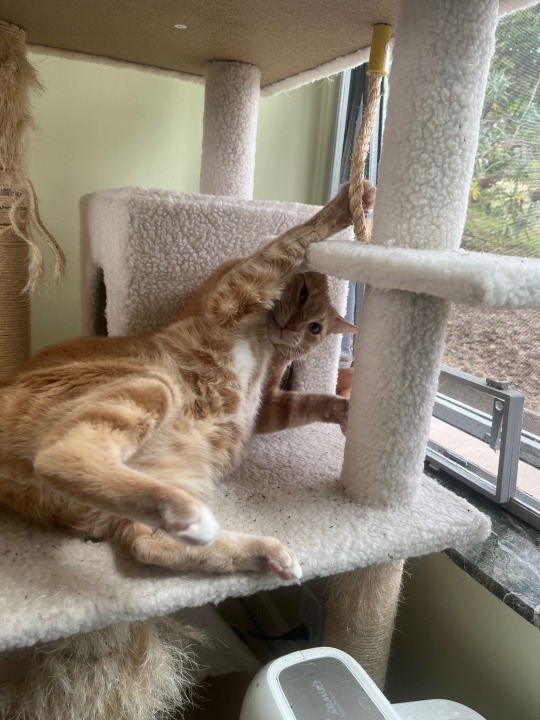#weird animal
Explore tagged Tumblr posts
Text
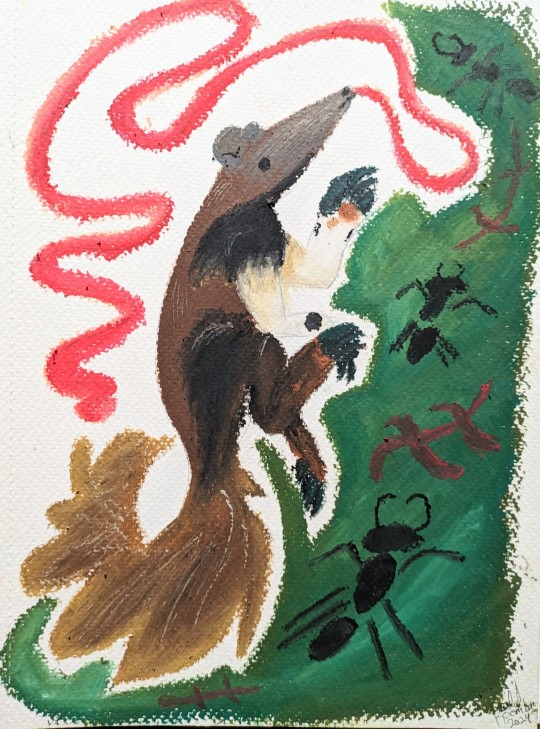
I got oil pastels >:3 I am unstoppable now
190 notes
·
View notes
Text
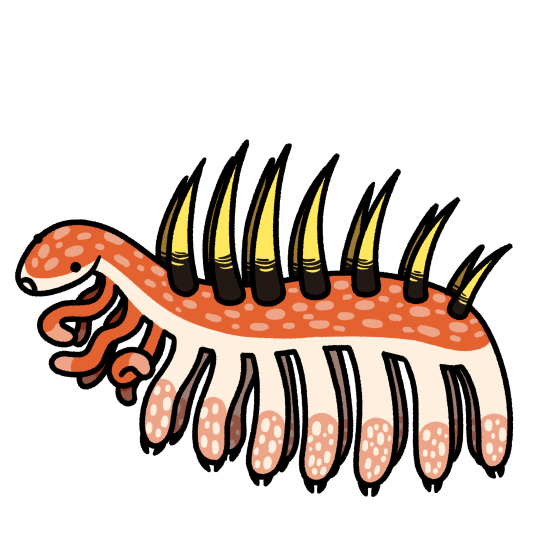
This is Hallucigenia sparsa from the cambrian period
Image ID: A digital drawing of Hallucigenia sparsa with yellow and brown spikes, and orange back, and a creme colored underbelly. End ID
#hallucigenia#hallucigenia sparsa#spiky#spike#animal#cambrian#invertebrates#invertebrate#extinct animal#cambrian period#cambrian explosion#paleo art#paleoart#paleoillustration#paleontology#extinct#cute#weirdo animal#weird animal#digital art#my art#art#lobopodia#lobopodians#worm#weird lil guy#lil weirdo#love this weirdo#10/10 animal would draw again#orange
175 notes
·
View notes
Note
What are the weirdest arthropod body plans?
Dendrogaster. Crustacean parasites of starfish.

32 notes
·
View notes
Text

Animal of the day: African civet! (Civettictis civetta) Though it may look like a skunk or cat-like creature, this animal is in fact part of its own lineage called the viverrids! It is related to other feliform mammals such as the binturong, mongoose and meerkat! The African civet is mostly nocturnal, coming out at night to feed on fruits, eggs, certain species of insects and carrion! Image source: https://en.wikipedia.org/wiki/African_civet
24 notes
·
View notes
Text
Hyaena hyaena
Each of the four hyena species is in their own genus. This means that spotted hyenas, striped hyenas, brown hyenas, and aardwolves are not closely related and split from a common ancestor a super long time ago.
Striped and spotted hyenas split roughly 10 million years ago, which is around the same time that foxes split from wolves. So comparing a striped hyena to a spotted hyena is like comparing a red fox to a grey wolf-- both are in the same family, but they look and behave very differently because they diverged so long ago.
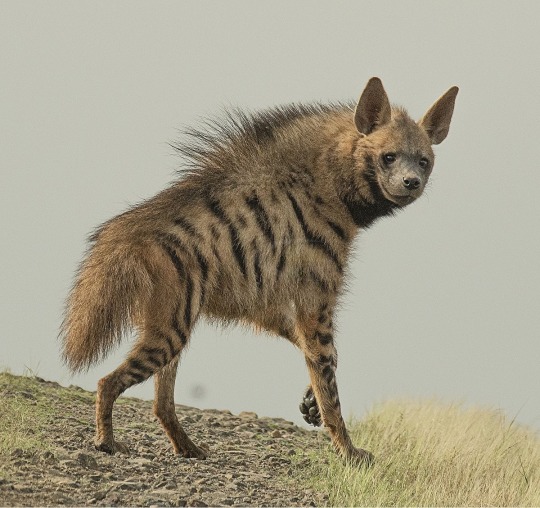
Striped and spotted hyena distributions overlap in East Africa, but the distribution of the striped hyena extends much further north, even into Central Asia. Striped hyenas in Asia are generally much larger than those in Africa, weighing from 50-90 pounds (22.7-40.8 kg).
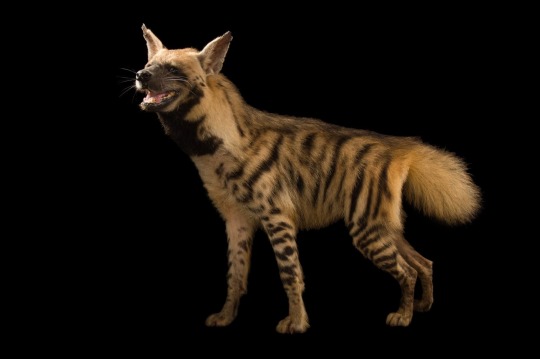
Unlike spotted hyenas that frequently hunt live prey like wildebeest and antelope, striped hyenas depend almost entirely on scavenging. This means they eat plants, garbage, and especially carrion, but they avoid live prey.
Most hyenas have front legs that are longer and much stronger than their hind legs, and their necks are also very long and strong. The reason for this probably lies behind their scavenging behavior— with much stronger, taller legs and necks, hyenas can carry larger pieces of carrion more easily without it dragging through dirt or mud.
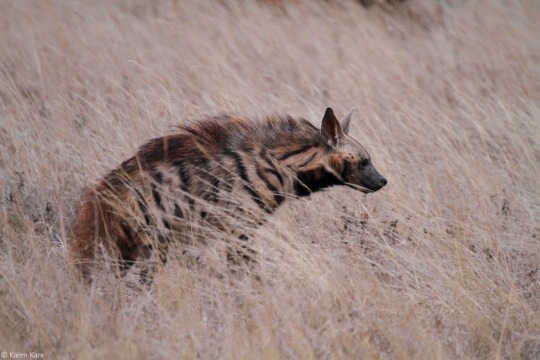
Although groups of up to 7 have been recorded, striped hyenas generally live alone or in pairs. This is very different from spotted hyenas, who live in clans that sometimes have over 100 individuals. Also unlike spotted hyenas, male striped hyenas actually help take care of their children.
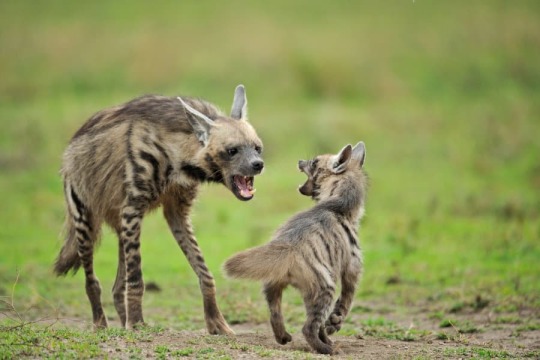
Striped hyenas mark their territories by producing strong-smelling, mushy stuff called "hyena butter" in their anal glands and smearing it on rocks, stumps, and other landmarks around their territory. You probably didn't want to know that, but now it's too late! Similar to a skunk, striped hyenas spray when they are attacked, as well as raising the mane-like hair on their neck and backs to appear much larger.
I rate striped hyenas 13/10. These things are something ELSE
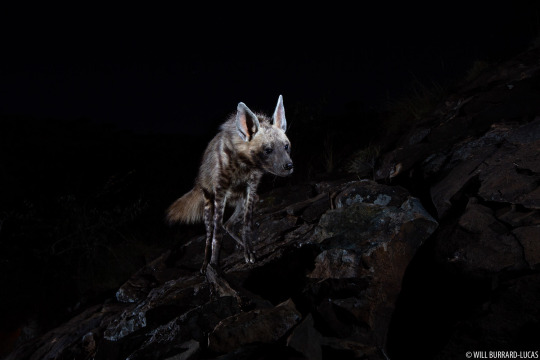
Photo credits:
(1) Rushikesh Deshmukh (2) Joel Sartore (3) Karim Kara (4) Africa Freak (5) Will Burrard-Lucas
#striped hyena dads are better than spotted hyena dads#hyena butter toast#hyena#hyaena#striped hyena#striped hyaena#animals#biology#nature#science#wildlife#zoology#animal#dogs#wild#weird animal#hyena butter
392 notes
·
View notes
Text
Shoutout to the binturong, whose scientific name, Arctictis binturong, means bear marten binturong, which references three animals: one of them is the thing itself and the other two look nothing like it. It's also sometimes called the bearcat, referring to yet another animal it super doesn't look like
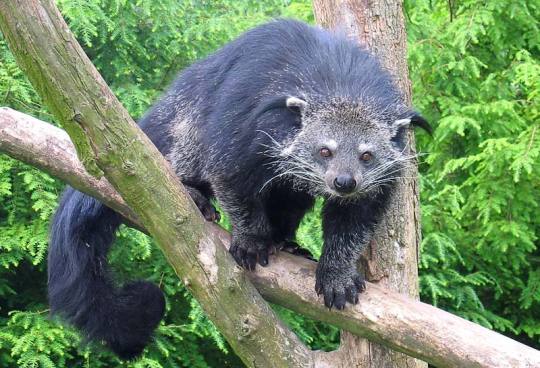
It's not closely related to any other goddamn animal you've ever goddamn heard of, except for that one species of civet that poops out the world's most expensive coffee beans
It's closest relatives you've heard of are mongooses and hyenas, and it's about as close to them as we are to spider monkeys. It reportedly smells like buttered popcorn, which like sure whatever who even cares anymore
Wow! Truly the binturong is an animal for wonder
27 notes
·
View notes
Text


art for @museamour!!
7 notes
·
View notes
Text
Round 4 Match 2
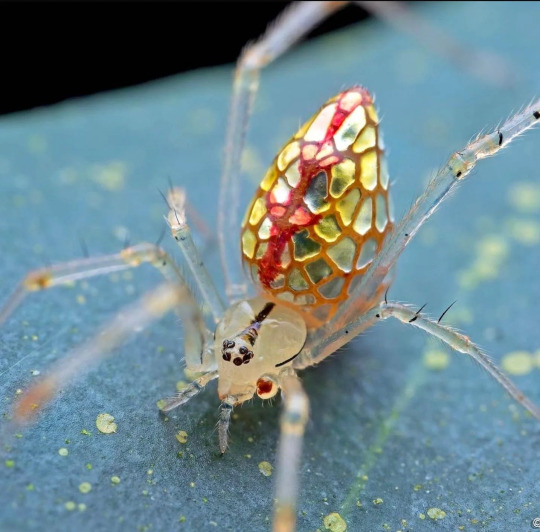
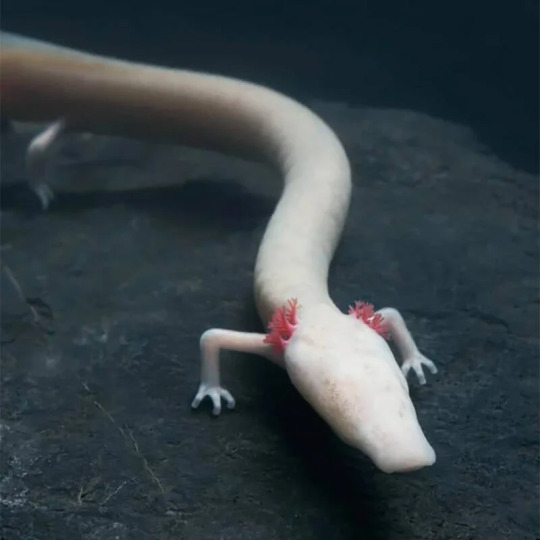
Mirror Spider: "They have a disco ball butt and the size of the mirrors changes when they're scared"
Olm: "They took his balls. his eye Balls" "They are completely blind. Have absolutely tiny arms. They are amphibians who live underwater for their whole lives. They are also related to axolatas. They can live for 100 years and survive without food for 6 years."
97 notes
·
View notes
Text
Welcome back to the Paleo Party! This guest is Pomatrum! (I tried not using my little header clip for a few paleo party eps and it feels weird now...)
10 notes
·
View notes
Text
i don’t dislike horses but i keep i think a healthy distance from the giant animal irl, but they’re fun to draw as furries
#im never around horses and when i have been irl i don’t tend to get that close but they’re fun looking#weird animal
4 notes
·
View notes
Text

Blue ribbon heifer
#my art#bloom#modern saiga#speculative worldbuilding#speculative zoology#saiga antelope#weird animal#oil pastel#traditional
11 notes
·
View notes
Text
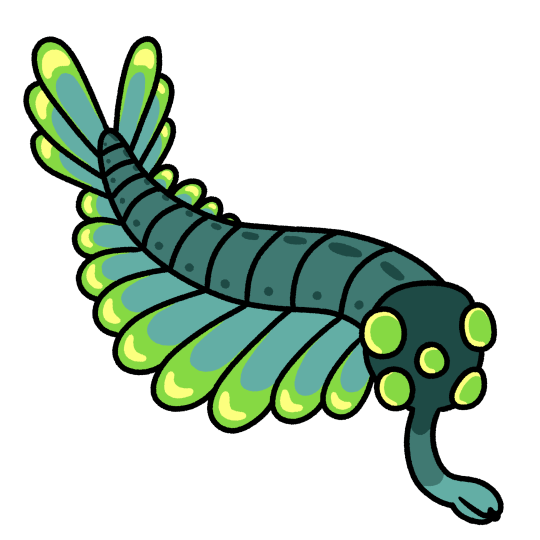
Opabina regalis, my beloved
#my beloved#opabinia#opabinia regalis#cambrian#cambrian explosion#paleoart#cute#lil weirdo#weird animal#extinct animal#art#digital art#my art#time to grab some fishies#my dad said opabinia's face looked like a one side of a die lol#i love this creature#this is the best creature#i wish this beautiful being was still around ;-;#if only
66 notes
·
View notes
Text

#meme#funny#funny memes#haha#humor#lol#memes#funny shit#weird memes#funny post#wholesome#seal#baby seal#sea life#silly seal#animal#cuteness#cute#cute animals
75K notes
·
View notes
Text

Animal of the day: Snowberry clearwing hummingbird moth! (Hemaris diffinis) The clearwing hummingbird moth is a North American species of moth, inhabiting Canada and some parts of the United States! It uses its long proboscis to sip sweet nectar from flowers and has a bumblebee-like coloration, leading gardeners to sometimes believe that they are looking at a bumblebee instead of a moth! It even emits an audible humming sound with its wings, much like bees and of course, their namesake, the hummingbirds! The larvae of this species enjoy plants such as honeysuckle and dogbane! Image source: https://www.hummingbirdcentral.com/hummingbird-moth.htm
#insects#moths#bugblr#bugs#animal of the day#aotd#weird animal#pollinator#north america#flowers#nectar#bumblebee#(even though it's not really a bumblebee)
14 notes
·
View notes


